Snezhana von Buedingen met Sofie, the subject of her new photo project Meeting Sofie, in the Autumn.
Prior to this, she had been making portraits of children with Down’s Syndrome and their mothers in her studio in Cologne, Germany – quiet, simple pictures cataloguing the gestures of love and connection between them against the same modest backdrop.
Sofie, who has Down’s Syndrome, and her mother got in touch: they wanted to participate in the project but the distance was too great to make it to Cologne. They asked Snezhana if she would instead want to visit them at their remote 16th Century farmland estate in Eilenstadt in the east of Germany. She readily accepted and shortly after, in the October of that year, she set off on an adventure to meet the family.
Arriving at their place for the first time, she was blown away, she recalls. “The fairytale ambiance in the yard. Old atmospheric paintings hanging on the walls. The magical light that floods the house. And of course the peaceful, harmonious nature of Sofie. It all seemed to be completely separated from the whole modern world, as if located in a different dimension of time and space.” Sofie was immediately alluring – her character, her views on life and the electricity of connection between the two of them – and the little bubble she exists in seemed to have this dreamy, yearning sort of magic to it. “It was something special right from the beginning,” von Beudingen says, “and after I spent some time with her and her family, I realised that I wanted to make a whole series about Sofie and her life.”
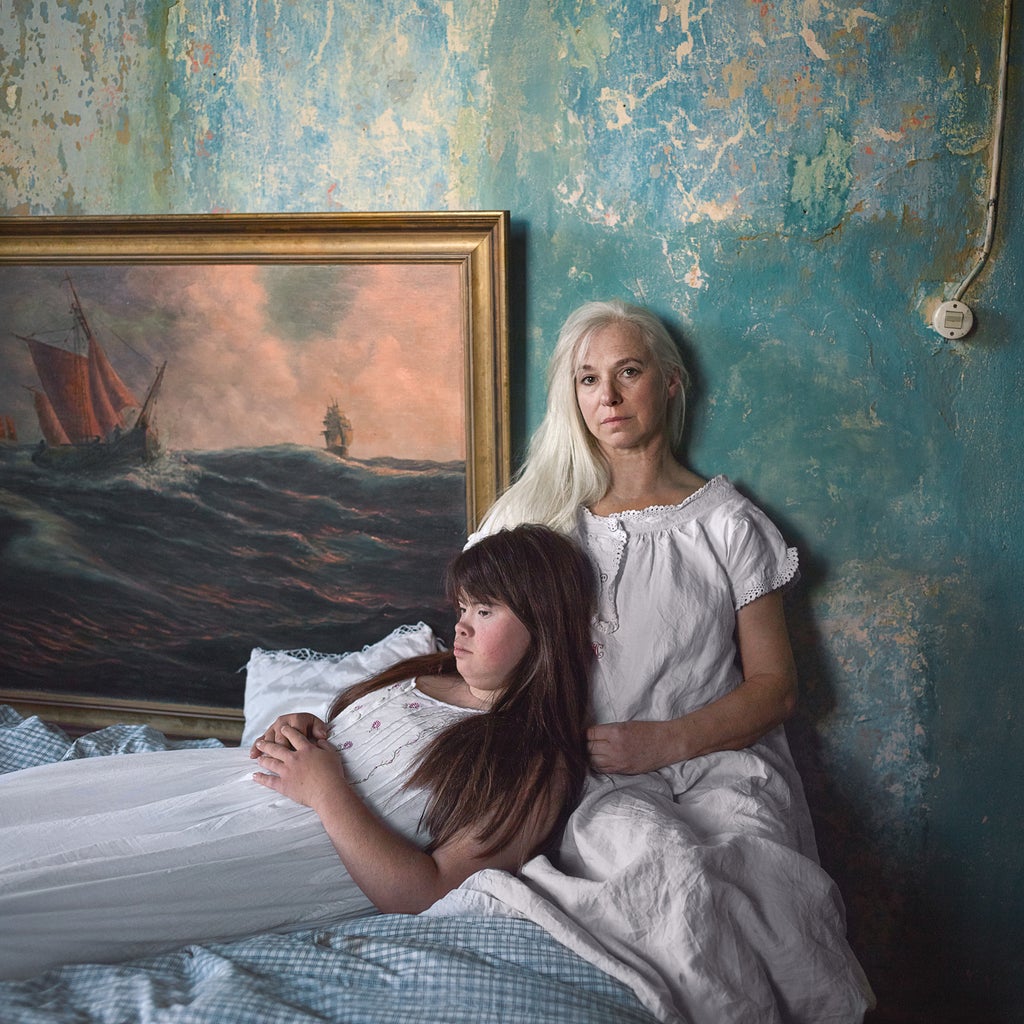
What followed was a tender and gorgeous chronicle of teenage life and love unfolding against the fairytale backdrop of their home. The house is centuries old, the family are prominent antiques collectors, and von Buedingen believes Sofie has absorbed all of that atmosphere into who she is. The scenes in the photos came from simply immersing herself in Sofie’s world and watching her actions and reactions to things unfold. “Everything plays a role,” she says, “Sofie’s mood, her surroundings, what’s happening in her life at any given moment.” She spent lots of time with Sofie at the swimming pool, which is her main occupation in the summer, von Beudigen says, and tagged along on a trip with her then-boyfriend too. Most of the time she chooses her own clothes. “I really like the unusual clothing combinations she creates,” von Buedigen smiles. “Very stubborn, very Sofie.”
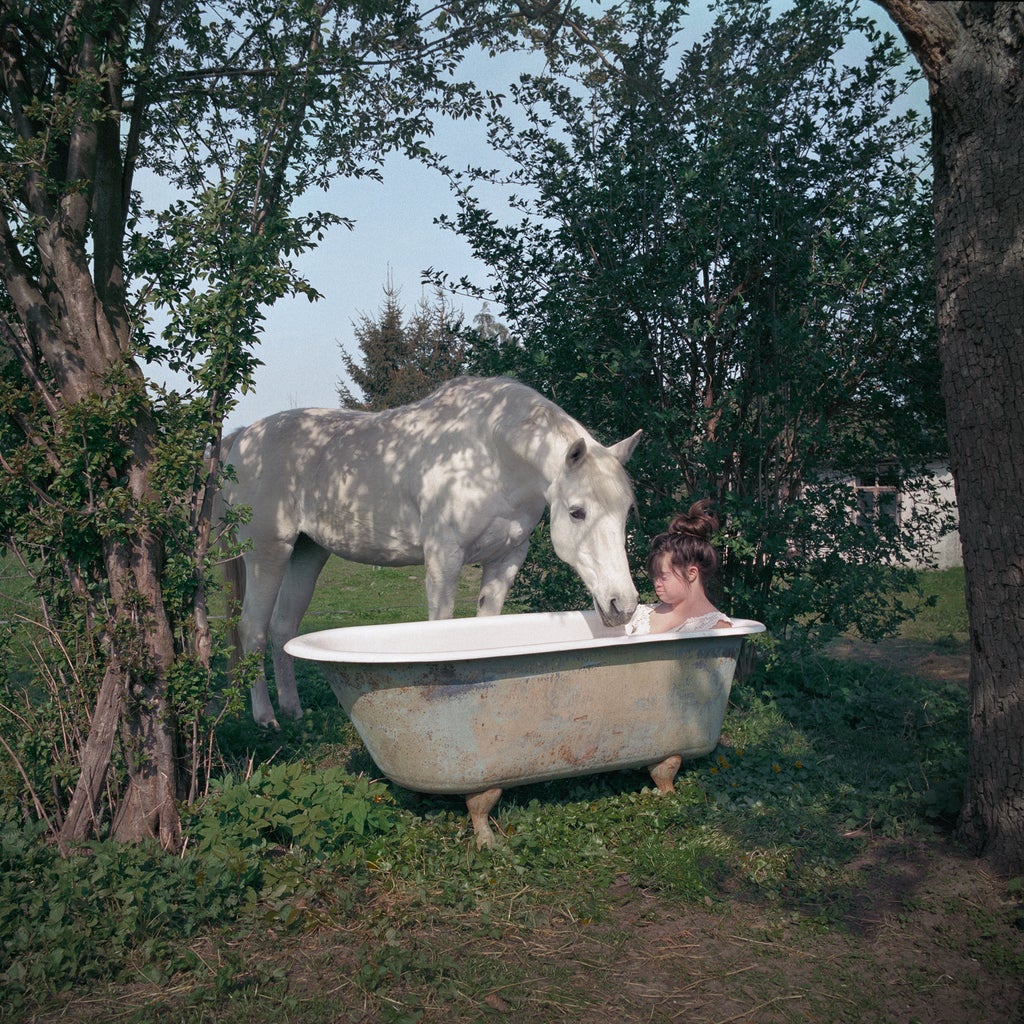

Born and raised in Russia, von Beudingen herself relocated to Germany at the age of 24 and has stayed there ever since. At 30 she began studying photography at the Photo Akademy Cologne and from the very beginning she was drawn to photographing people. “My projects often originate from accidental encounters with people,” she says. “I believe that you just have to get involved with a person and let yourself be driven by your own curiosity, your sincere interest in them.” That’s what happened with Sofie, she says. “Through photography, I’ve had the chance to be more than an observer – we’ve touched and enriched each others’ lives.” Sofie has visited von Buedingen in Cologne since, and the two of them have formed a lifelong friendship.
A recurring character in the pictures is Sofie’s mother Barbara, and the pair are often seen embracing, or brushing each other’s hair or doing their own things but remaining in each other’s orbit. Sofie and Barbara are incredibly close; they have not spent a day without seeing each other since Sofie was born. “Sometimes Sofie is defiant or gets mad at Barbara – she’s going through that classic teenage rebellion phase at the moment,” von Beudingen says, “but on the other hand she can’t spend an hour without her.” Barbara’s greatest fear, she says, is what happens to Sofie when she and Sofie’s father are no longer alive. “Sofie needs everyday assistance, but even more than assistance, she needs love and affection. Will she always have it in her life even if her parents are no longer there? Will she find a life partner?” These are worries in relation to Sofie’s condition, of course, but also more broadly, as any mother of a young woman entering the world would have.
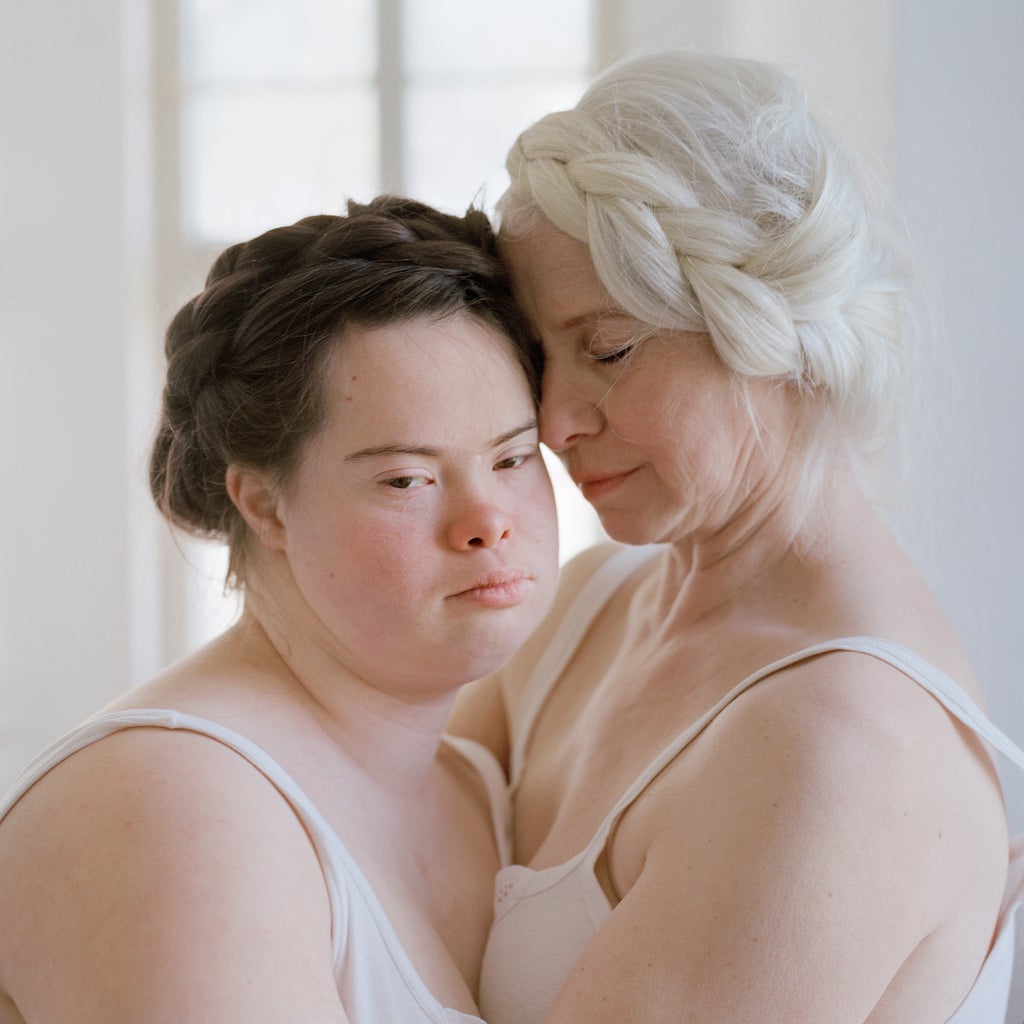
Sofie doesn’t have many people around her, von Beudigen says, because she spends most of her time alone on the farm, but she likes it like that. She sees her friend periodically, and sometimes her younger brother’s friends come to stay and she likes to sit with their group too. She doesn’t say much in those situations, von Beudingen says, but she likes to be around people. She has Down’s Syndrome, yes, but von Beudingen says that this doesn’t matter to Sofie all that much. “I think that she is not aware that she might be ‘different’,” she says, and she always notices with admiration how Sofie never compares herself to anyone else. “She likes to compliment people she finds beautiful and to watch and admire them, but she’s happy with herself too. She likes to do her makeup and look pretty like any other teenage girl.”
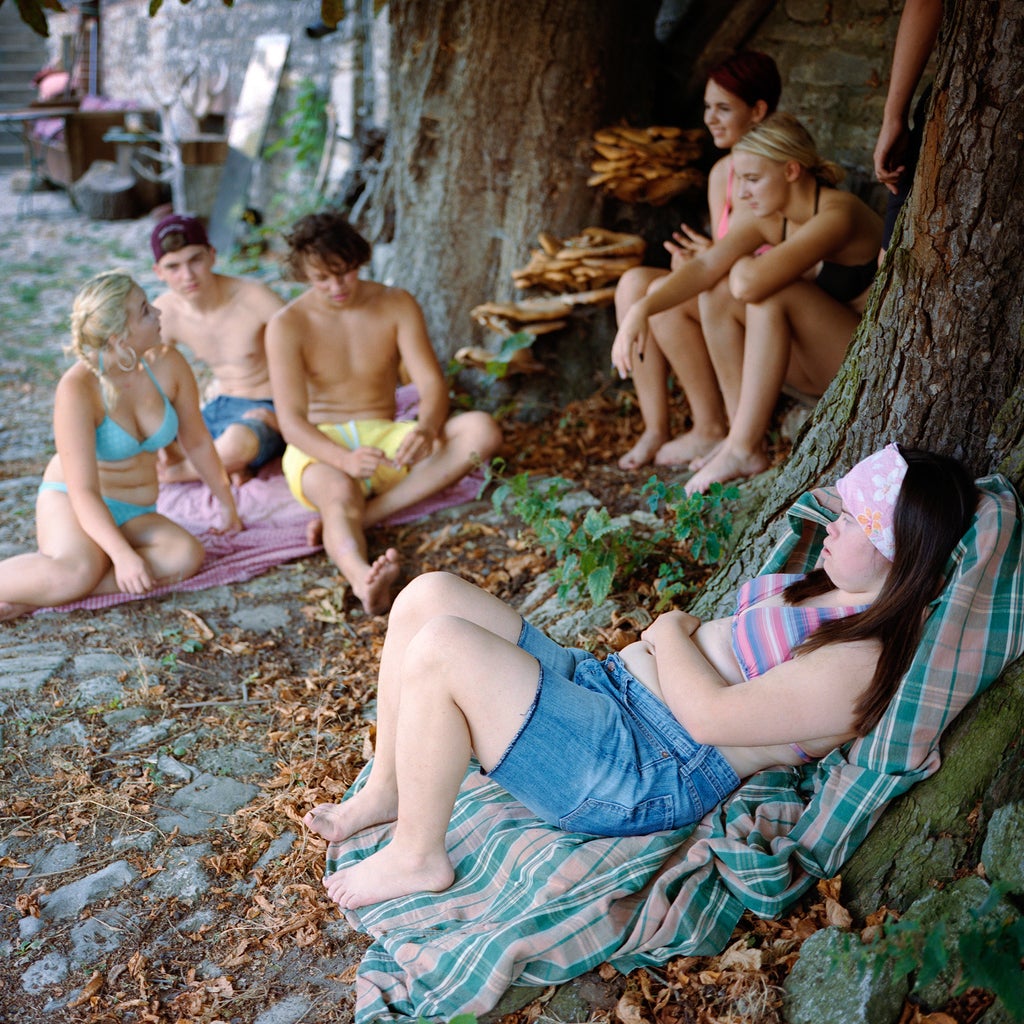
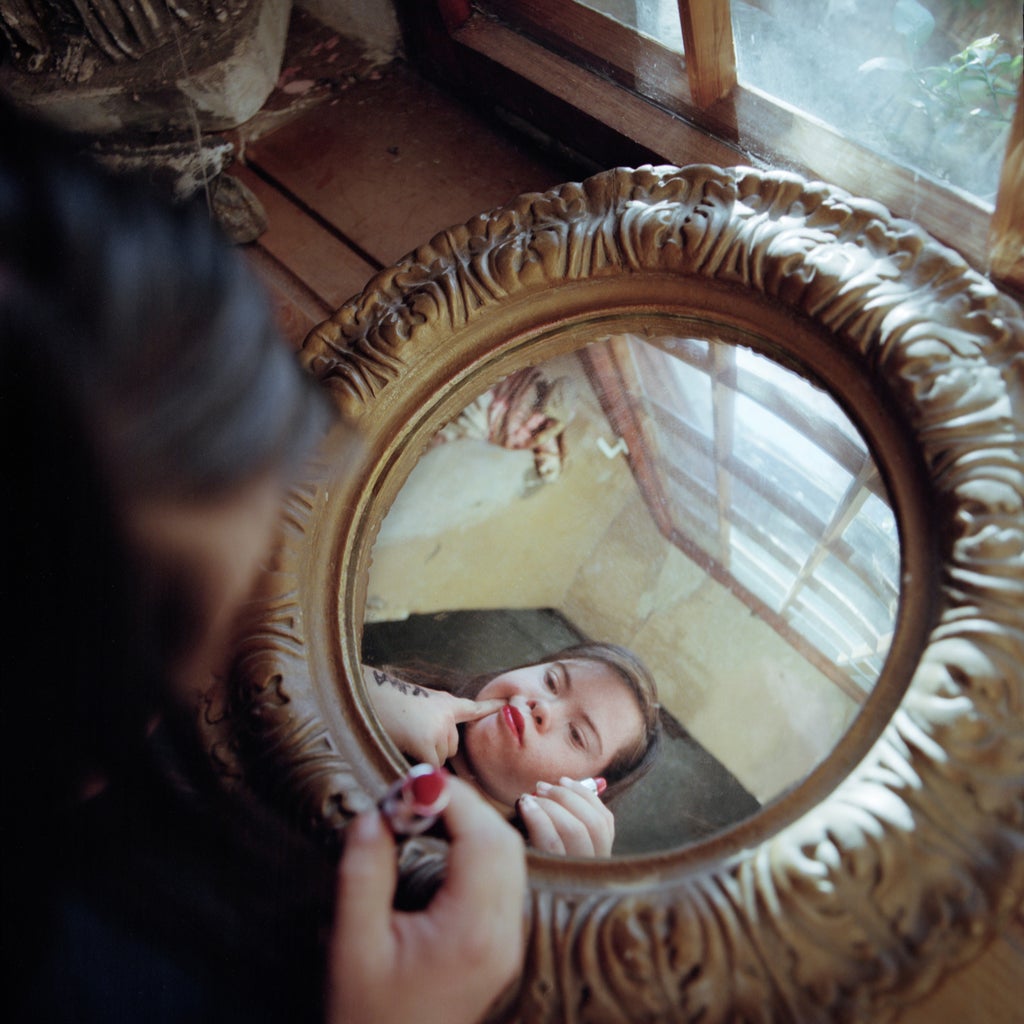
For a period in 2017-2018, Sofie’s first relationship with a boy who called Andy was a big focus for the series too. “Sofie attended a school in the neighbouring town until she was 18, and the two of them met there. “Her whole life revolved around him. It was kind of an obsession,” von Beudingen remembers. She describes how Sofie would feel nervous and excited anticipation at spending the weekend with him for the whole week leading up to it, and how she would wait patiently at the bus stop for him to arrive. “Sometimes she’d get there an hour early just to be sure. She still hasn’t gotten over that love story,” she says thoughtfully, explaining that Andy broke up with Sofie in the end.



Sofie and von Beudingen share the same favourite picture from the series. In it, Sofie stands in the yard, dark brown hair blowing in the breeze, wearing a faux fur coat that hangs open over a thick tawny jumper and patterned trousers. She’s looking directly into the lens, and she’s smoking a cigarette, mid-drag as Snezhana clicked the shutter. “We love it because it has so much in it,” von Buedingen says, “the urge to be free and rebellious, to take control of one’s own life, to become confident, to grow up.” She’ll use this image for the cover of the book she plans to publish next spring, she says.

The most powerful aspect of this series is undoubtedly how universal the story it tells is – all of that tenderness and angst and wistful longing at falling in love for the first time is stuff we all know inside out, and it’s that commonality of experience that connects us, in the end. “Everyone can relate to that intensity of teenage feeling and I definitely recognise myself at that age in Sofie,” von Beudingen says, and she hopes other people will be able to recognise their own experiences when they look at the pictures too. “This insight would destroy any artificial boundaries built on prejudice and ignorance between us,” she says, “and it would contribute to a deeper level of acceptance, integration and love between us as humans.”
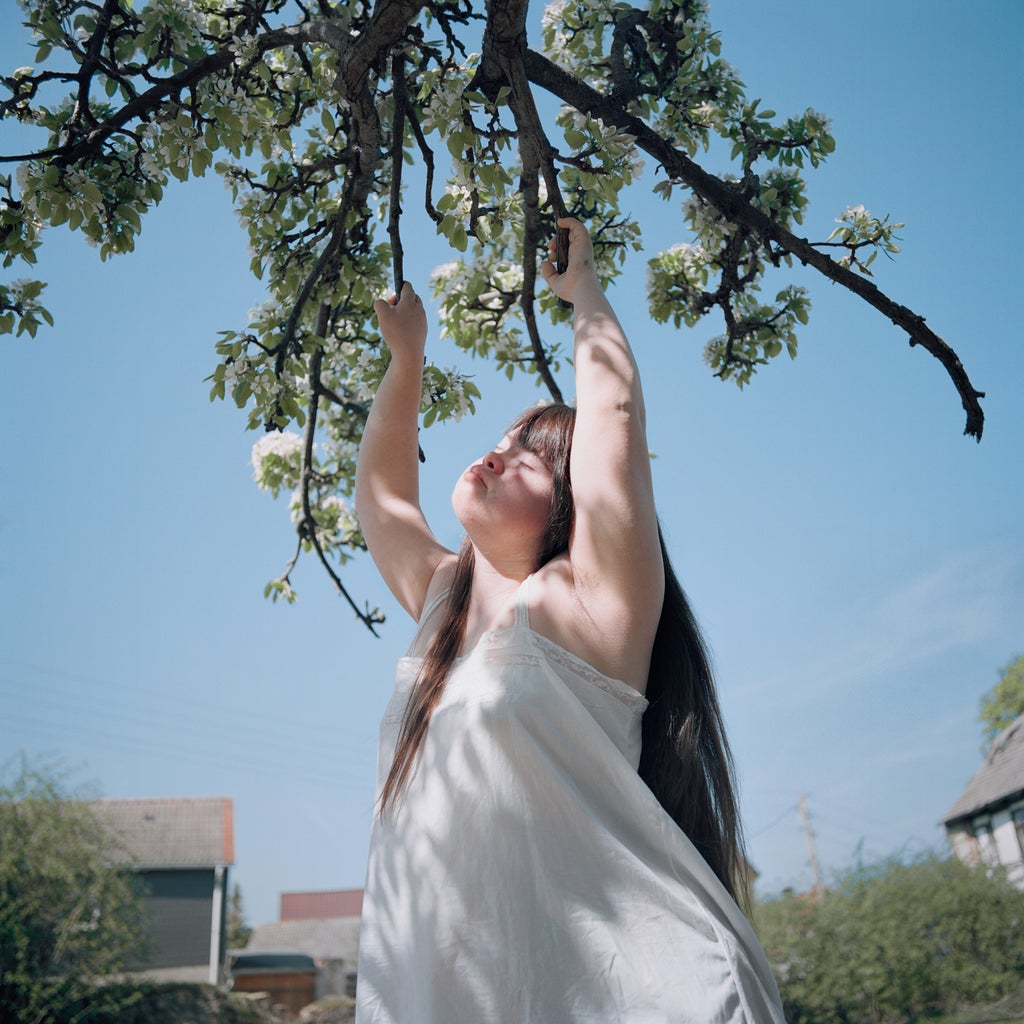

Like what you see? How about some more R29 goodness, right here?
The Radical Beauty Project: “We Don’t Do Cute”